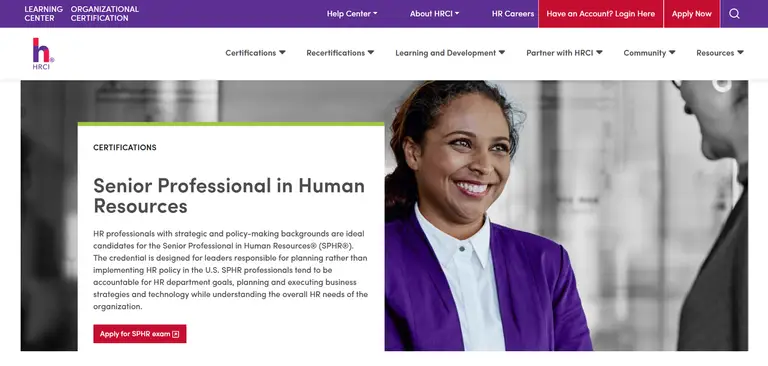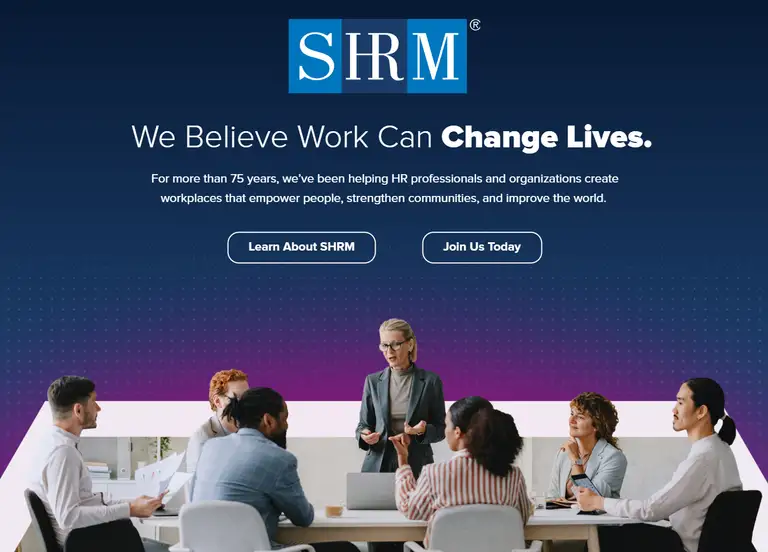Stepping into human resources (HR) was never my childhood dream.
I studied business because I liked talking with people and understanding how companies work. Over time I learned that human resource management touches nearly every part of a company.
From recruiting to payroll and from training to employee relations, an HR manager shapes the everyday life of workers and guides leaders through tough choices.
In this guide, I share my story and the lessons I’ve learned hiring (and sometimes firing) HR managers.
The language is simple on purpose, as I want anyone considering an HR career to see what this job really involves and how you can grow into it.
Who this job is for (and who it isn’t for)
Being an HR manager means you’ll be a bridge between people and company leadership.
It’s a good fit for those who:
- enjoy employee management and aren’t afraid to make tough decisions like giving hard feedback or handling grievances
- like constant learning about employment laws, risk management and changing workplace trends
- can balance empathy with business needs (yes, you really will manage benefits programs and discipline issues in the same day)
Check this out: HR manager's key functions
This role may not suit you if you:
- prefer predictable tasks each day - HR managers handle many HR tasks at once, from payroll processing to conflict resolution
- dislike paperwork or the analytical side of work - you’ll deal with human resources information system data and payroll taxes
- find it hard to stay neutral - a manager must treat every complaint fairly and keep the company’s regulatory compliance in mind.
HR professionals: the path to HR management
From zero to hero, here's Joe Doe’s story. Most human resources professionals don’t start as managers.
According to Walsh College’s career guide, human resources managers usually need a bachelor's degree and several years of related work experience.
Some jobs ask for a graduate degree in fields like labor relations or business administration. To show leadership skills, many managers first work as HR specialists or labor relations specialists.
Here is a simplified path using Joe Doe as an example:
#1 Bachelor’s degree
Joe studies HR management and finishes college in four years. Southern New Hampshire University notes that a bachelor’s degree typically takes about four years, while a master’s degree adds another two years.
#2 Entry‑level job
He gets an entry level job as an HR assistant. He learns HR processes, updates employee compensation records and answers questions about benefits administration.
#3 Experience and certifications
After three years, Joe becomes a human resources specialist focusing on recruitment and talent management. He notices that certifications could help his resume. The Walsh guide says certification is voluntary but may improve job opportunities - employers may prefer certified candidates. Joe studies for the SHRM‑CP (Certified Professional) exam.
The SHRM‑CP certification is aimed at operational HR roles and covers policy implementation, data collection and compliance. He also learns about HRCI’s PHR and SPHR credentials, which target early‑career and senior HR professionals.
#4 Advanced duties
Joe is promoted to HR generalist. He handles performance management, training programs and works with management on organizational development. He follows changes in employment laws and updates company policies.
#5 Manager role
Seven years after his bachelor’s degree, Joe applies for an HR manager position. Hiring committees often look for broad experience and the ability to lead teams. Joe shows his certifications, his record of solving employee problems and his strategic projects. He gets the job.
Joe’s timeline is just one example. Your journey may be shorter or longer depending on your education, the industry, and your dedication.
Education matters… but experience matters more
The Bureau of Labor Statistics (BLS) reports that human resources managers had a median annual wage of $136,350 in May 2023.

Most managers have at least a bachelor’s degree, but many large firms expect a master’s degree. Experience is just as important.
The BLS data show that HR managers must have several years of experience to plan, coordinate and direct administrative functions.
They often oversee recruitment, consult with executives on strategy, and serve as a link between the management team and employees. Managers also coordinate benefit programs and advise other managers on sensitive topics like equal employment and harassment.
Measuring your progress: tips and best practices for job hunting
Landing an HR manager role is more than waiting for the perfect job posting.
Set goals using the SMART framework: Specific, Measurable, Actionable, Relevant and Timely.
Here are some practical tips from my experience:
#1 Know the market
Check the BLS and other sources for pay and growth trends. Human resources manager jobs are projected to grow about 5% from 2024 to 2034.
#2 Develop specialized skills
Build your HR knowledge in compensation, organizational development, conflict management, and training and development opportunities. Volunteering or taking temporary assignments in these areas will most definitely deepen your expertise and give you a competitive edge.
#3 Pursue certification
Decide which credential fits your goals. SHRM‑CP targets operational HR roles, while SHRM‑SCP targets senior roles. HRCI’s PHR and SPHR certifications cover technical and strategic HR practice. Study schedules usually require three to four months of preparation.

#4 Network with purpose
Join professional associations like the Society for Human Resource Management (SHRM) or local HR groups. SNHU’s experts advise that meeting industry leaders through SHRM clubs and networking events can help you find leadership roles.

#5 Document your impact
Track the time periods and outcomes of your projects. Did you reduce turnover? Improve employee engagement? Implement a new HRIS? Use numbers to show results.
#6 Stay current
Employment laws change regularly. Reading updates and attending workshops will show future employers that you can navigate compliance and maintain workplace safety.
If not HR manager, then who? Other HR roles
Sometimes people discover that managing people isn’t their passion.
The HR field includes many other paths:
- training and development managers,
- employee relations managers,
- HR specialists,
- labor relations directors,
- compensation and benefits managers,
- job analysis specialists,
- payroll managers,
- recruiting managers and staffing managers.
Each role focuses on a specific area:
- Training and development managers create learning programs and mentor employees. They suit people who like teaching and employee training.
- Employee relations managers focus on maintaining employee satisfaction and handling disputes. They fit people with strong mediation skills.
- Compensation and benefits managers research pay structures and manage benefits management. They suit analytical minds and those who enjoy working with numbers.
- Recruiting managers and staffing managers handle the talent pipeline. They fit social personalities who like connecting with candidates and understanding the job market.
- Payroll managers and job analysis specialists dive into administrative tasks such as payroll administration and classifying roles.
If you prefer strategy, the HR director or senior certified professional path could be a long‑term goal. These leaders shape HR strategies across the business and guide the HR department at the highest level.
You landed the job, here's how Unrubble helps
Getting an HR manager role is just the start. The day‑to‑day work includes scheduling shifts, tracking time, approving leave, and managing performance management data.
Using separate spreadsheets for these tasks can slow you down. That’s where Unrubble comes in.
Unrubble’s time tracking software pairs with scheduling, PTO tracking, and real‑time timesheets so you see what your team is doing without extra manual work.

The Mobile Time Clock uses face recognition to add security, and employees can handle their own leave requests. If you’re building a positive workplace culture in 2026, tools like Unrubble reduce administrative burdens and help you focus on people.
I use it to track projects for my team and to help managers plan work weeks. You can start for free and see how much easier it can be to manage your HR operations.
Conclusion
Becoming an HR manager is both challenging and rewarding. It’s a role that blends empathy, critical thinking, and strategic planning - skills that connect people with business goals every day.
Most human resources managers start with a college degree in business management or a related field, then build professional HR experience through entry-level human resources roles in nearly every industry.
The steps we explored (education, certifications, and hands-on practice) can make a career in human resources more attainable. Many HR professionals move from supporting functions like employee engagement or addressing employee concerns to leading the organization’s human resources department.
Over time, they conduct performance evaluations, maintain employee relations, and manage employee benefits with confidence.
Human resources requires ongoing learning, often through graduate programs or master's degree programs recognized by the HR Certification Institute or the Society for Human Resource Management.
These help managers stay current with job descriptions, labor laws, and emerging human resources issues that affect day-to-day responsibilities.
If you’re drawn to supporting teams and helping companies grow, the job outlook for this path remains strong across both private and government agencies.
With dedication and curiosity, you can join many HR professionals shaping workplaces built on trust and growth. Perhaps 2026 is the year you begin your own journey into HR management!
Once you do, don't forget that Unrubble will be there to make your job easier.








